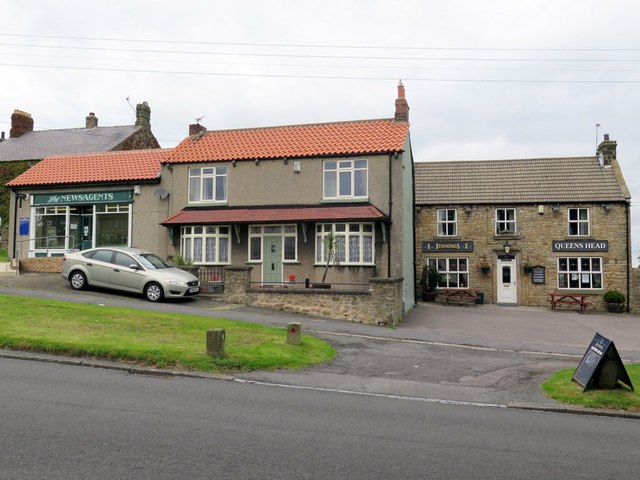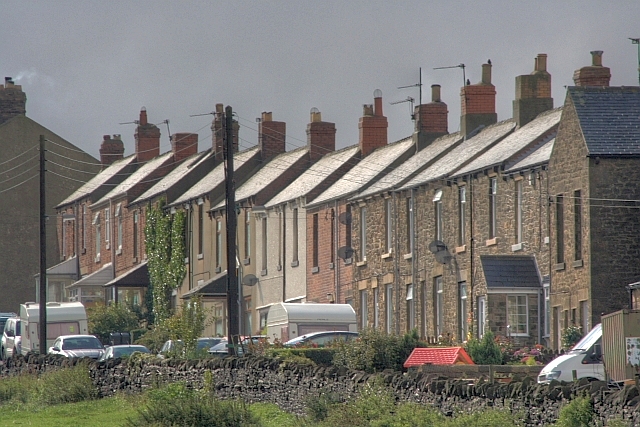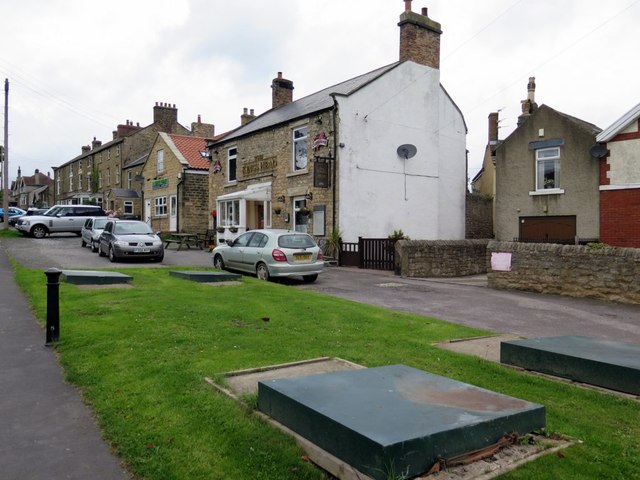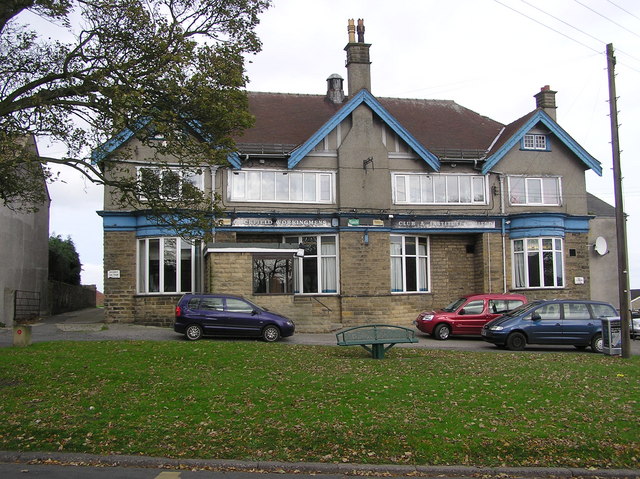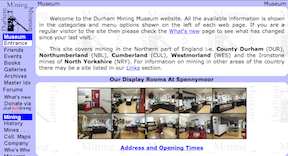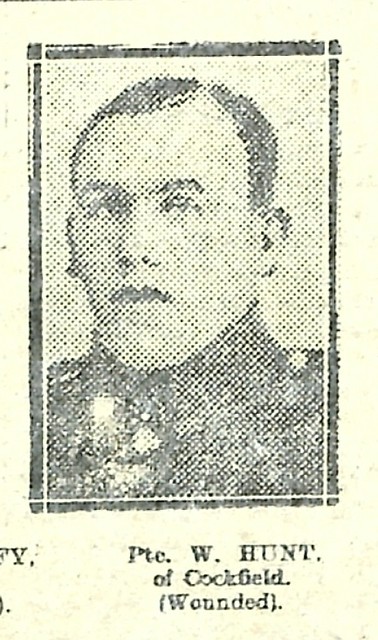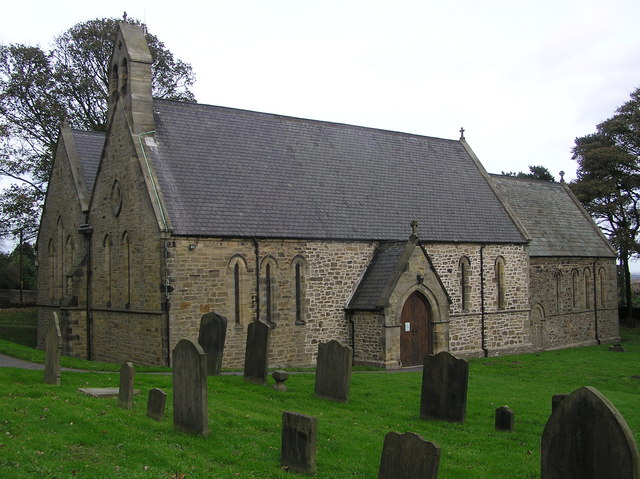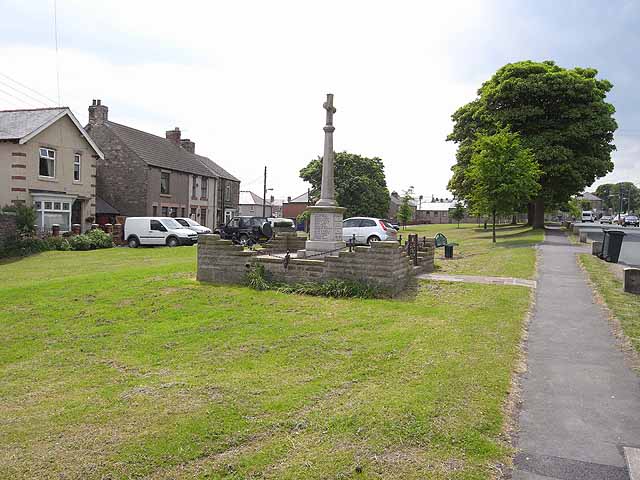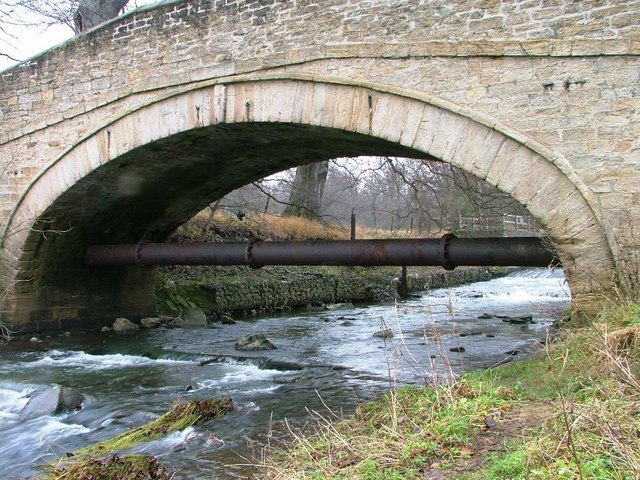Topics > County Durham > Cockfield
Cockfield
Cockfield is a village on the edge of Teesdale, County Durham, England. It is situated 8 miles to the south-west of Bishop Auckland, 15 miles north-west of Darlington and 40 miles south-east of Newcastle-upon-Tyne. Remains found on Cockfield Fell suggest there was a settlement in the area during the Iron Age. The parish church, dedicated to St Mary the Virgin, probably dates from the late 12th century.
Coal mining began in the area in the medieval period. When the South West Durham coalfield was opened in the nineteenth and twentieth centuries the population of the village grew significantly. The last Coal Mine closed in 1962.
Notable residents
One of the more illustrious families to hail from Cockfield was the Martindale family. George Dixon (1731–1785) owned coal mines and was a keen inventor, and was probably the first to use coal gas for illumination. His brother Jeremiah Dixon (1733–1779), an astronomer, went to America with Charles Mason in 1763 to survey the boundaries of Maryland and Pennsylvania thereby creating the 'Mason–Dixon line'.
Cockfield is a small village, between Evenwood and Butterknowle
Local amenities
Public houses
There are three public houses in the village, the Queen's Head, the King's Head, and the Cockfield Working Men's Club.
Stores
There are two stores in the village of Cockfield, a Co-Operative and a newsagents.
Plus a Post Office
Schools
The local primary school is Cockfield County Primary School.
Churches
The two churches that can be found in Cockfield are the CofE Church of Saint Mary the Virgin and the Cockfield Methodist Church.
Cockfield Fell
Cockfield Fell is described as "one of the most important early industrial landscapes in Britain". In addition to four Iron Age (or Romano-British) settlement enclosures, there is evidence within the landscape of early coal mines (the Bishop of Durham licensed mining here at least as early as 1303), medieval agricultural field patterns, centuries of quarrying activity, a railway line established in the 1830s and several earlier tramways. All together, Cockfield Fell constitutes England's largest Scheduled Ancient Monument, described as 'an incomparable association of field monuments relating to the Iron settlement history and industrial evolution of a northern English County'. One reason for its preservation (unusual for a lowland fell) is the fact that it was never subject to enclosure in the 18th-19th century (perhaps due to its highly industrialised past).
Visit the page: Cockfield, County Durham for references and further details. You can contribute to this article on Wikipedia.
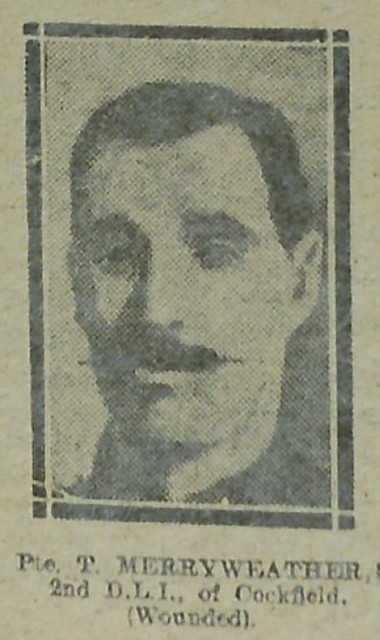
from IllustratedChronicles (flickr)
T Merryweather - 2nd DLI - Cockfield (Wounded)
Pinned by Simon Cotterill
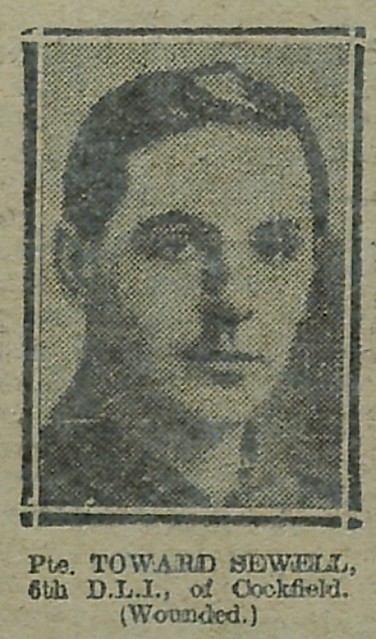
from IllustratedChronicles (flickr)
Toward Sewell - 6th DLI - Cockfield (Wounded)
Pinned by Simon Cotterill
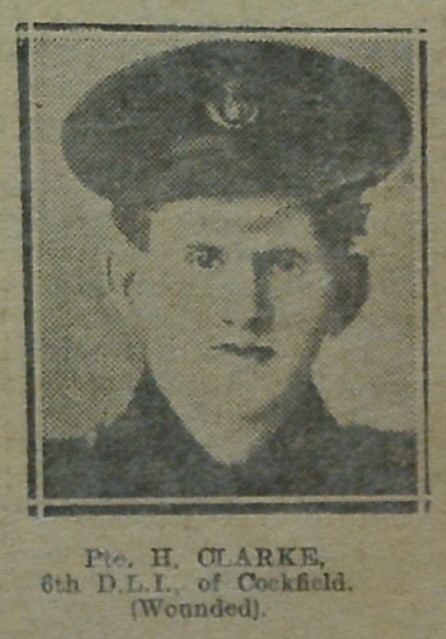
from IllustratedChronicles (flickr)
H Clark - 6th DLI - Cockfield (Wounded)
Pinned by Simon Cotterill
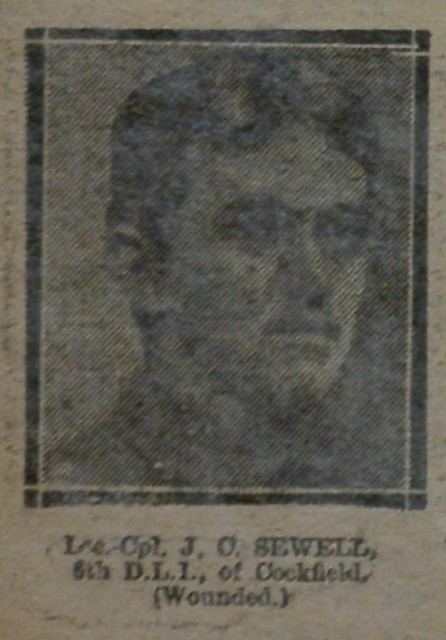
from IllustratedChronicles (flickr)
JC Sewell - 6th DLI - Cockfield (Wounded)
Pinned by Simon Cotterill
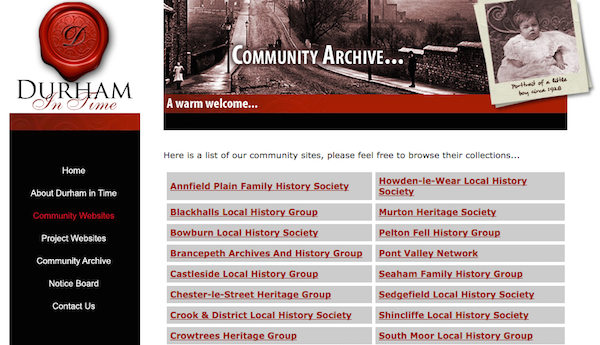
from http://www.durhamintime.org.u…
Cockfield: a Village Built on Coal
- Article by by J. R. Race. "....Cockfield, which does not really fit into the picture of the popular view of a pit
village. It does not have the rows and …
Added by
Simon Cotterill
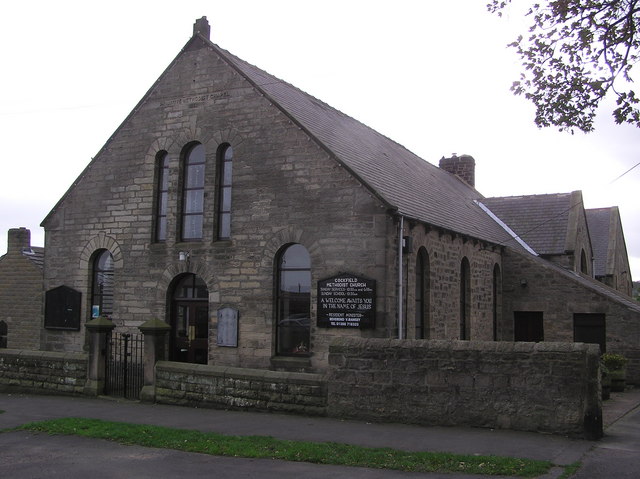
from Geograph (geograph)
Cockfield Primitive Methodist Chapel (dated 1888)
Pinned by Simon Cotterill


from IllustratedChronicles (flickr)
T Merryweather - 2nd DLI - Cockfield (Wounded)
Pinned by Simon Cotterill

from IllustratedChronicles (flickr)
Toward Sewell - 6th DLI - Cockfield (Wounded)
Pinned by Simon Cotterill

from IllustratedChronicles (flickr)
H Clark - 6th DLI - Cockfield (Wounded)
Pinned by Simon Cotterill

from IllustratedChronicles (flickr)
JC Sewell - 6th DLI - Cockfield (Wounded)
Pinned by Simon Cotterill

from http://www.durhamintime.org.u…
Cockfield: a Village Built on Coal
- Article by by J. R. Race. "....Cockfield, which does not really fit into the picture of the popular view of a pit
village. It does not have the rows and …
Added by
Simon Cotterill

from Geograph (geograph)
Cockfield Primitive Methodist Chapel (dated 1888)
Pinned by Simon Cotterill
